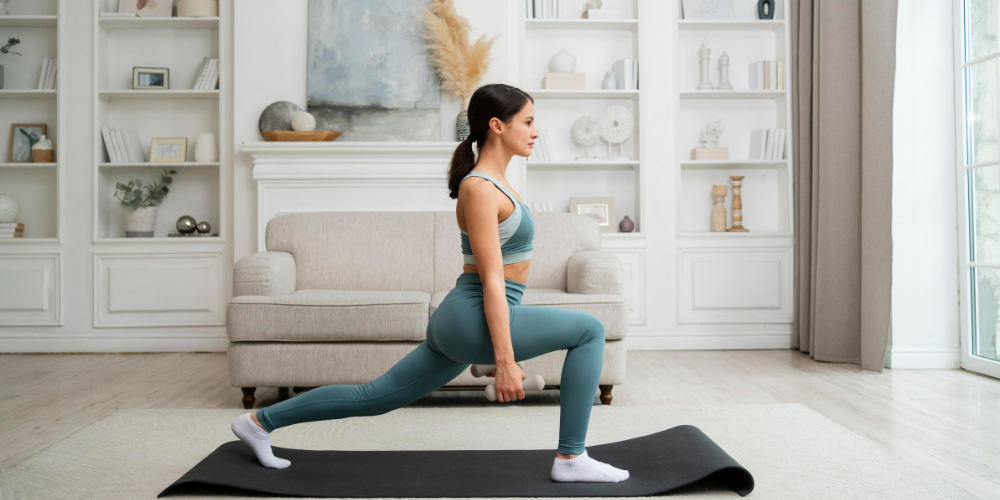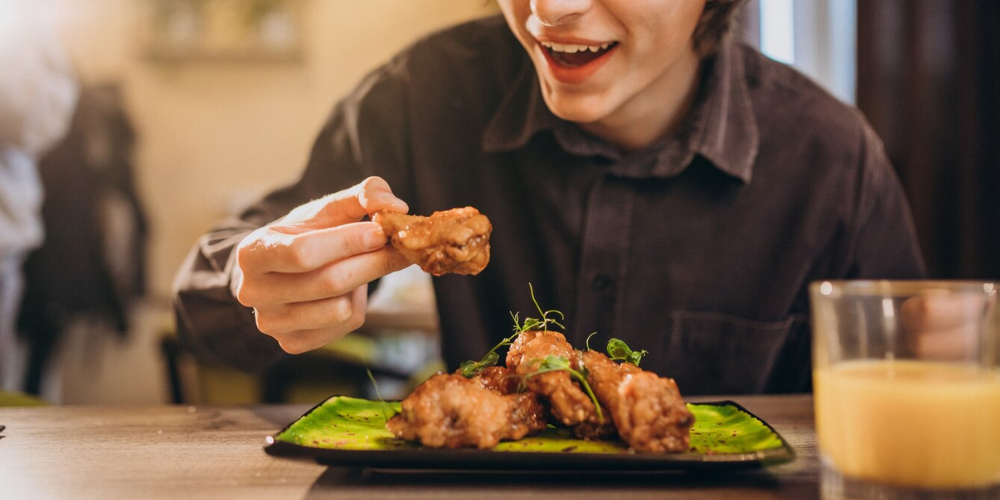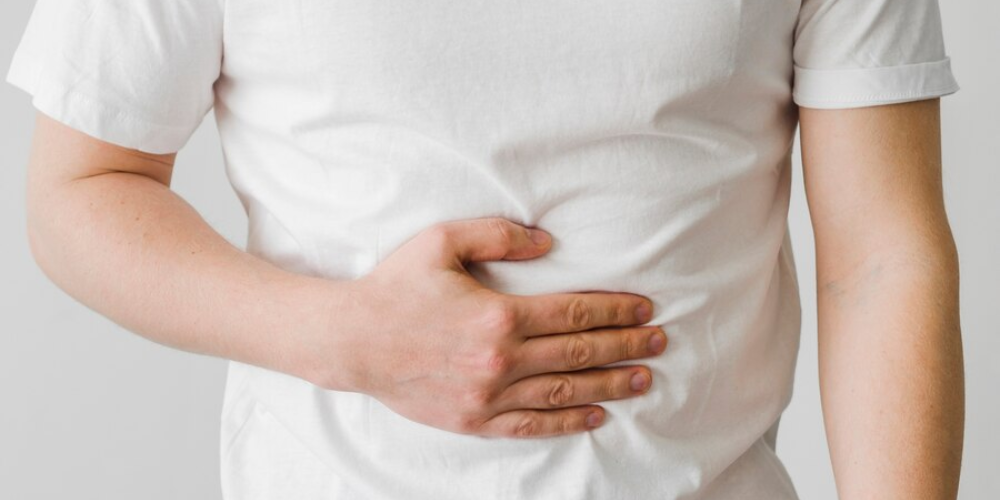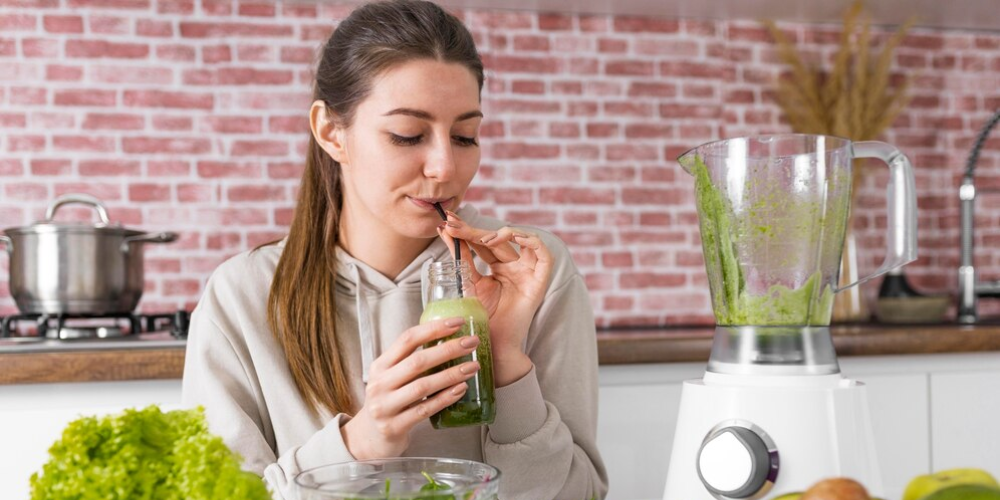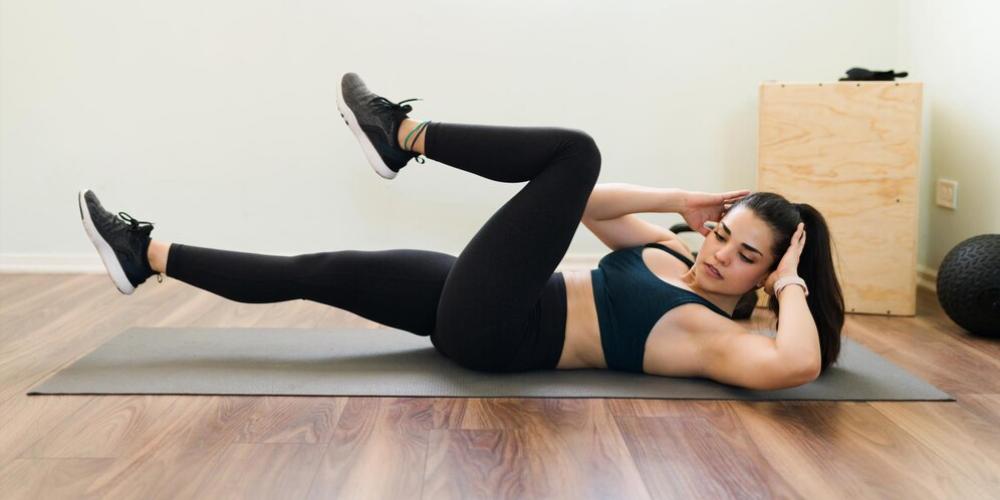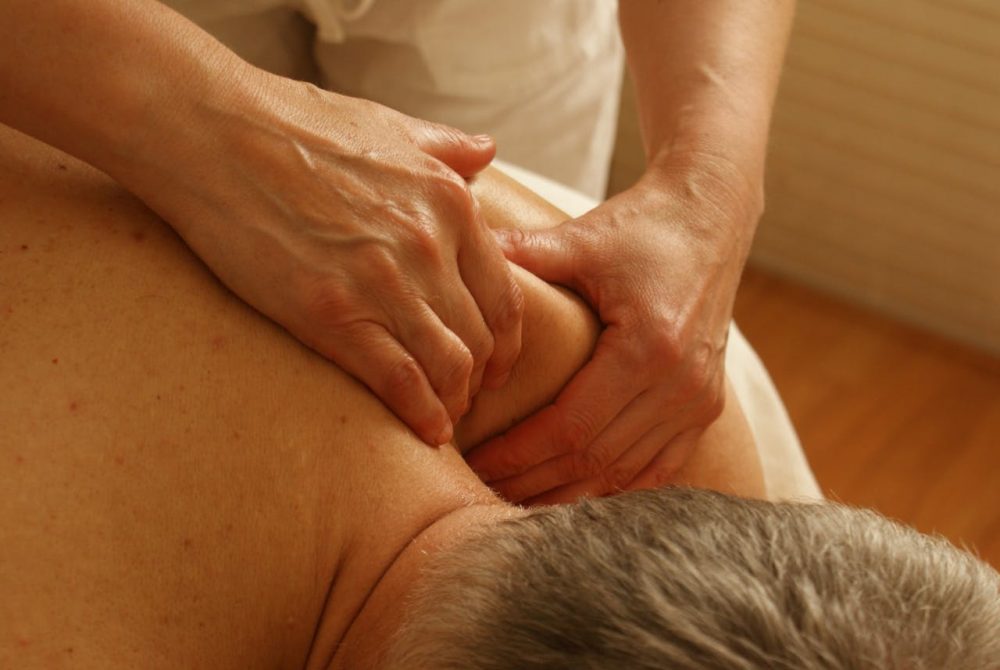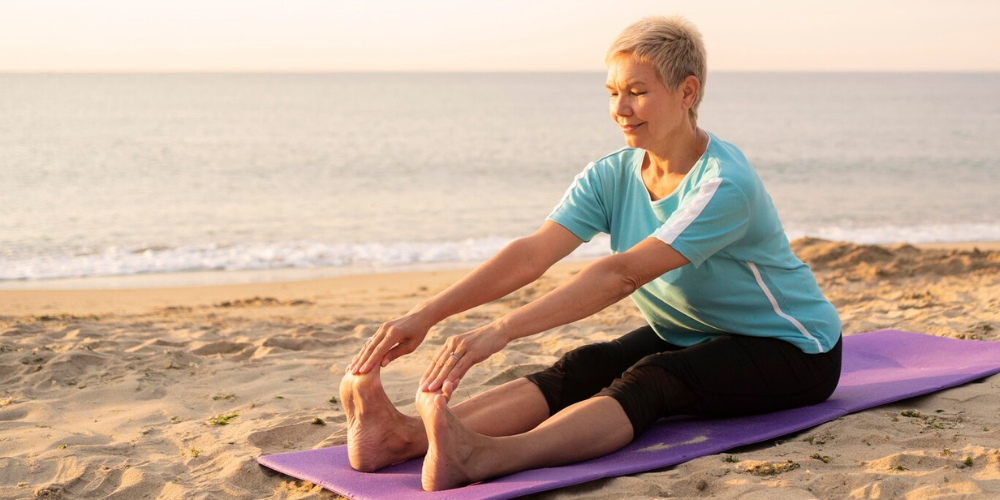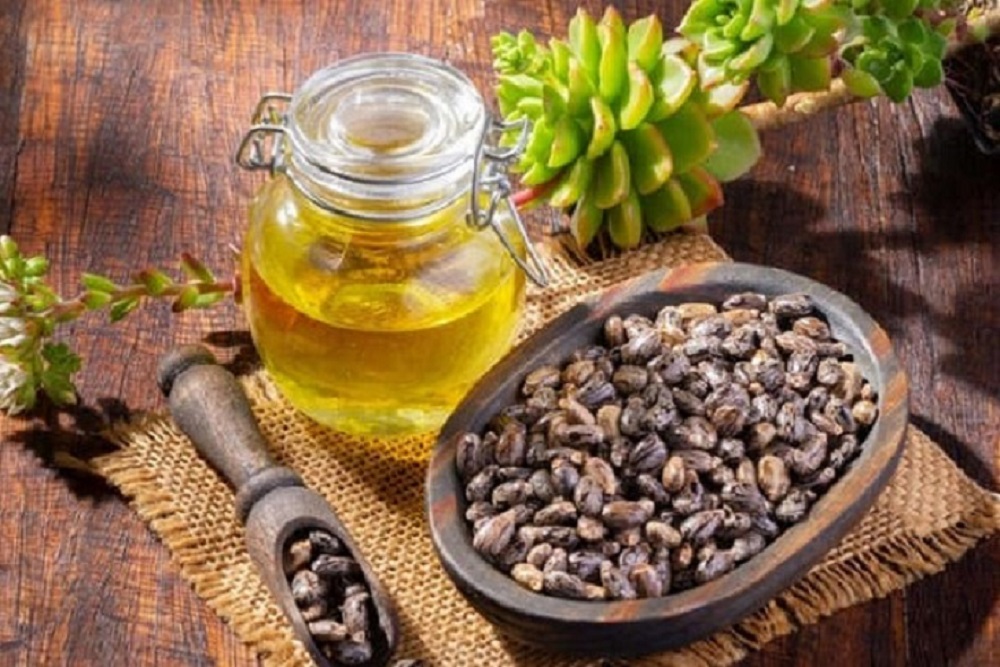Blow drying hair is a common practice that many rely on to achieve a polished look, especially when time is short. But is it healthy to blow dry hair? This question lingers in the minds of many, especially with the widespread understanding that heat can be damaging. Understanding the effects of blow drying and adopting the right techniques can make a significant difference in maintaining healthy hair.
Is It Healthy to Blow Dry Hair Every Day?
The frequency of blow drying also matters. Regular exposure to heat can strip the hair of its natural oils, essential for maintaining softness and shine. Blow drying daily is generally not recommended unless necessary, as it can lead to chronic dryness and make hair prone to breakage. A safer approach is to limit blow drying to two or three times a week, giving your hair ample time to recover between sessions.
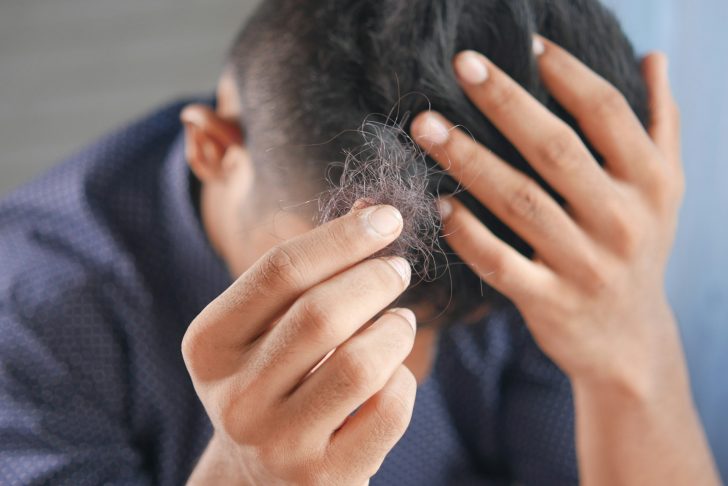
Towfiqu barbhuiya | Unsplash | Blow drying daily is generally not recommended as it can make hair prone to breakage.
When blow drying, ensure you use a heat protectant spray. These products create a barrier between your hair and the heat, reducing the likelihood of damage. Investing in a high-quality blow dryer with even heat distribution can minimize harm. Ionic blow dryers, in particular, are known to reduce frizz and speed up drying time, making them a preferable choice.
The Impact of Blow Drying on Hair Health
The primary concern with blow drying lies in the heat exposure. High temperatures can strip hair of its natural moisture, leading to dryness, brittleness, and breakage. When hair is subjected to excessive heat, the cuticle—the outermost layer of the hair shaft—can lift, making hair more susceptible to damage. This is particularly true for individuals who blow dry their hair frequently or use high-heat settings.
However, not all blow drying is detrimental. The key is in how it's done. Using a blow dryer with proper techniques and tools can minimize potential damage while still allowing you to enjoy the benefits of styled hair.
Best Practices for Healthy Blow Drying
For those who choose to blow dry, starting with the right practices is crucial. The condition of your hair before you even turn on the blow dryer significantly affects how much damage you might incur. It's essential to avoid blow drying hair that is dripping wet. When hair is sopping wet, more heat is required to dry it, which can lead to overexposure. Instead, gently squeeze out excess water with your hands and use a microfiber towel to absorb additional moisture. This reduces the time your hair will need under the blow dryer, reducing heat damage.
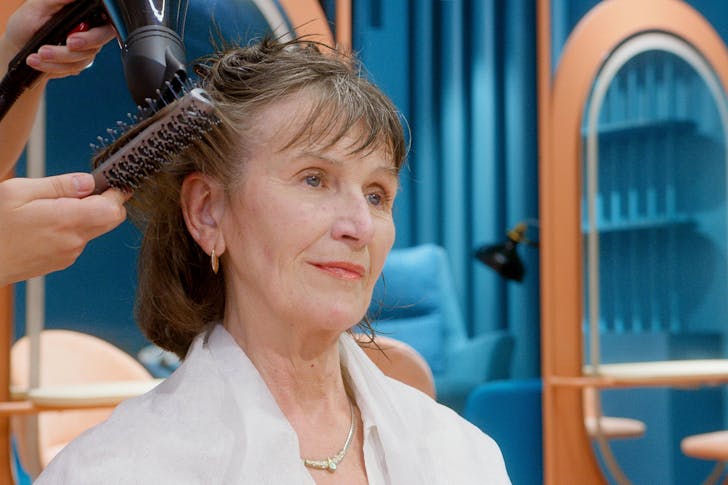
Artem Podrez | Pexels | Avoid blow drying your hair when it is dripping wet as more heat is required to dry it, leading to overexposure.
Using the blow dryer on damp rather than wet hair is also beneficial. At this stage, the hair is less vulnerable and takes less time to dry. It's advisable to keep the blow dryer on a medium heat setting rather than the highest, which can prevent excessive drying of the hair cuticle.
Techniques for Effective Blow Drying
Proper technique is another critical factor in protecting hair health. Working in sections and focusing on one area at a time is essential to avoid overheating any part of your hair. Start at the roots, where hair tends to be the thickest and work your way down to the ends. Holding the dryer at least six inches away from your hair and moving it continuously helps prevent concentrated heat from damaging the strands.
Using a round brush can help achieve a smooth finish, as it allows you to control the tension and shape of your hair while drying. The brush should be ceramic to help retain heat and distribute it evenly, reducing the risk of hot spots that could burn the hair.
When to Avoid Blow Drying
Not all hair types can tolerate regular blow drying, significantly if conditions like dryness, breakage, or chemical damage already compromise the hair. In these cases, air drying is often the best alternative, allowing the hair to retain more moisture and minimizing the risk of further damage.

